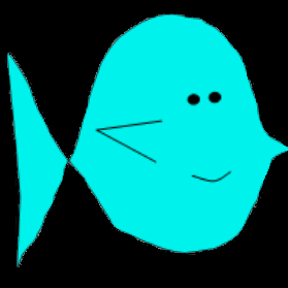Welcome to the Onshape forum! Ask questions and join in the discussions about everything Onshape.
First time visiting? Here are some places to start:- Looking for a certain topic? Check out the categories filter or use Search (upper right).
- Need support? Ask a question to our Community Support category.
- Please submit support tickets for bugs but you can request improvements in the Product Feedback category.
- Be respectful, on topic and if you see a problem, Flag it.
If you would like to contact our Community Manager personally, feel free to send a private message or an email.
Losing references
 joseph_newcomer
Member Posts: 101 ✭✭✭
joseph_newcomer
Member Posts: 101 ✭✭✭
in General
I just got a message that a sketch failed to regenerate. When I opened it, I got the message "Some external references are missing". Unlike some systems I have used, this one highlights the failure point; apparently the coincident constraint I had used to create the rectangle disappeared when I filleted the wall shown, which is the rear wall. Why does a fillet make the abstract wall border disappear? Also, as I have observed in an earlier post, this causes the two walls to fillet independently, when I want them to fillet as if they are a single wall. What I need to do is, without bizarre construction of walls, to create four independent walls around something that act as a single wall. But I need to have a way to reference an unfilleted surface and not lose that reference when I fillet it.


0
Comments
"corresponding face move away from its original position" - What I mean by here is. Lets say you have a face of width 25mm, at the corners when a fillet radii is less than 12.5mm, you still have this face present. But once fillet radii crosses or equals 12.5mm, the face will disappear, and cylindrical face will start to appear. Any fillet radii above 12.5mm, this cylindrical face will start to move inside.
So, from the picture you posted, I think this is the issue that happened.
I didn't completely understand your single wall question though.
An example can be found at
https://cad.onshape.com/documents/0629d23252e89bb200a38cdb/w/f085a508111c63168ed8dc57/e/caf9c0d967791f7c365288ea?bomType=flattened&renderMode=0&rightPanel=BOMPanel&uiState=61f37fdbeab11f5866bd41c4
Note that I have created two mate references in the assembly. What is annoying is that I can't use #tape_thickness as my offset when I create the mate; I have to know what it is and type in a number. This violates abstraction. Now, at some point, I may want to fillet the channel or the slider. Nothing else should change. My reference points need to be based on the abstract original geometry, and the fillets are irrelevant to the proper maintenance of the relationship of the two parts. I also need to reference the #tape_thickness in the assembly. I should be able to change #tape_thickness or the fillet radii at any point without causing any disturbance of the assembly, in particular, the slider mate should always continue to work. I don't mind if I have to do something extra to make this work, hence my attempt to create a separate point unrelated to the filleting.
https://cad.onshape.com/documents/3e781a2548a5ade8a92bdac8/w/1f317ad4cfe4feaf7048beb3/e/22507e9c7d7365e6689093f4
@alnis is my personal account. @alnis_ptc is my official PTC account.